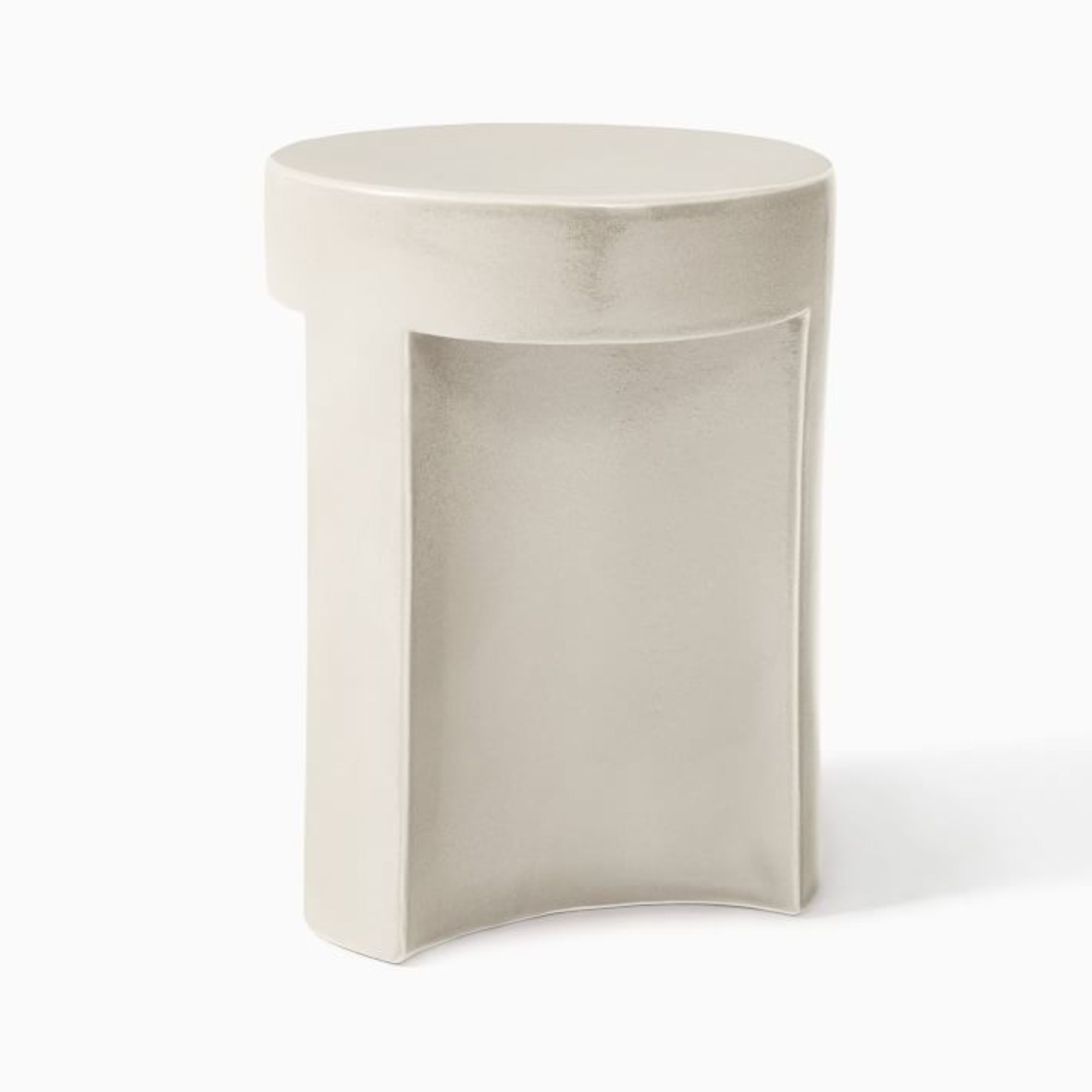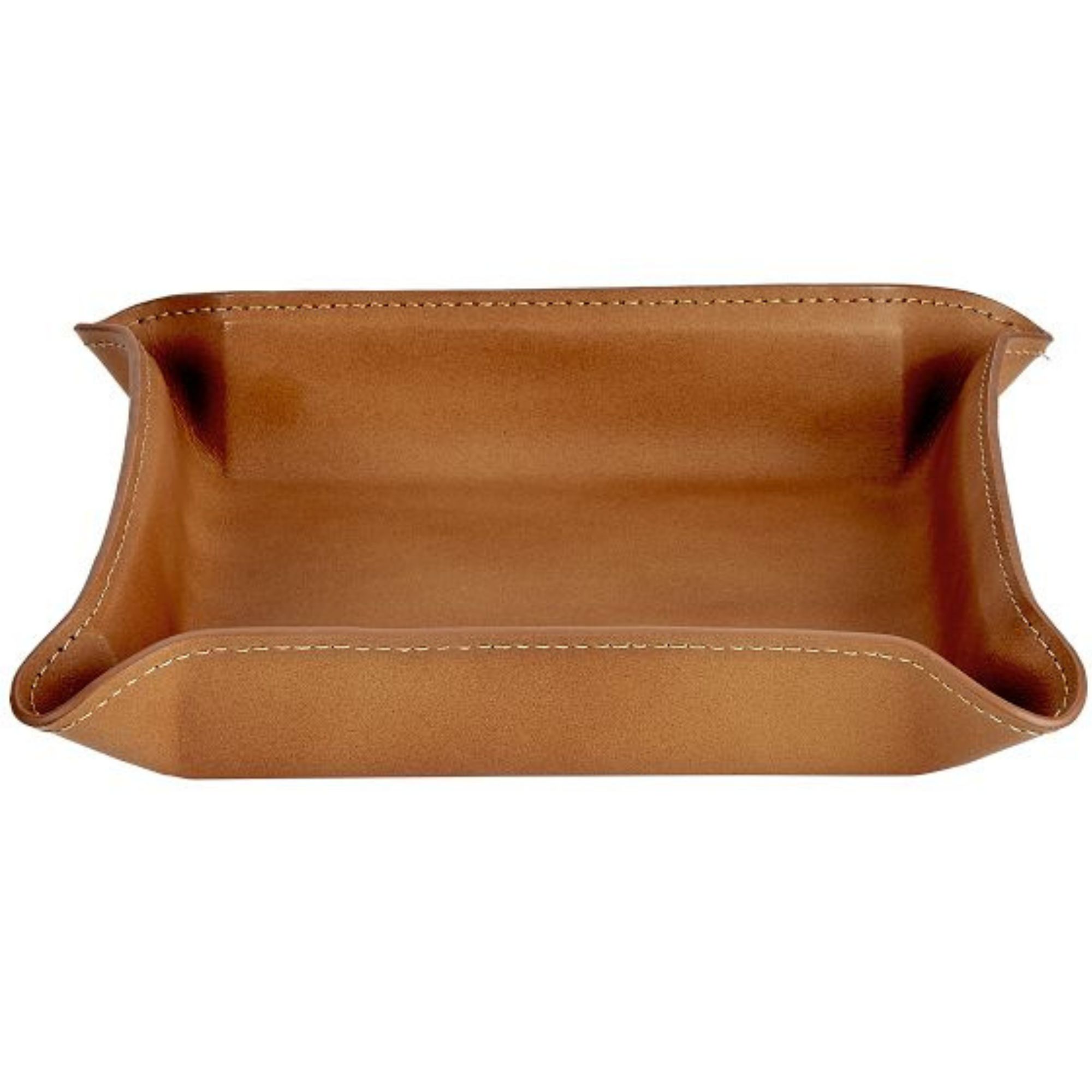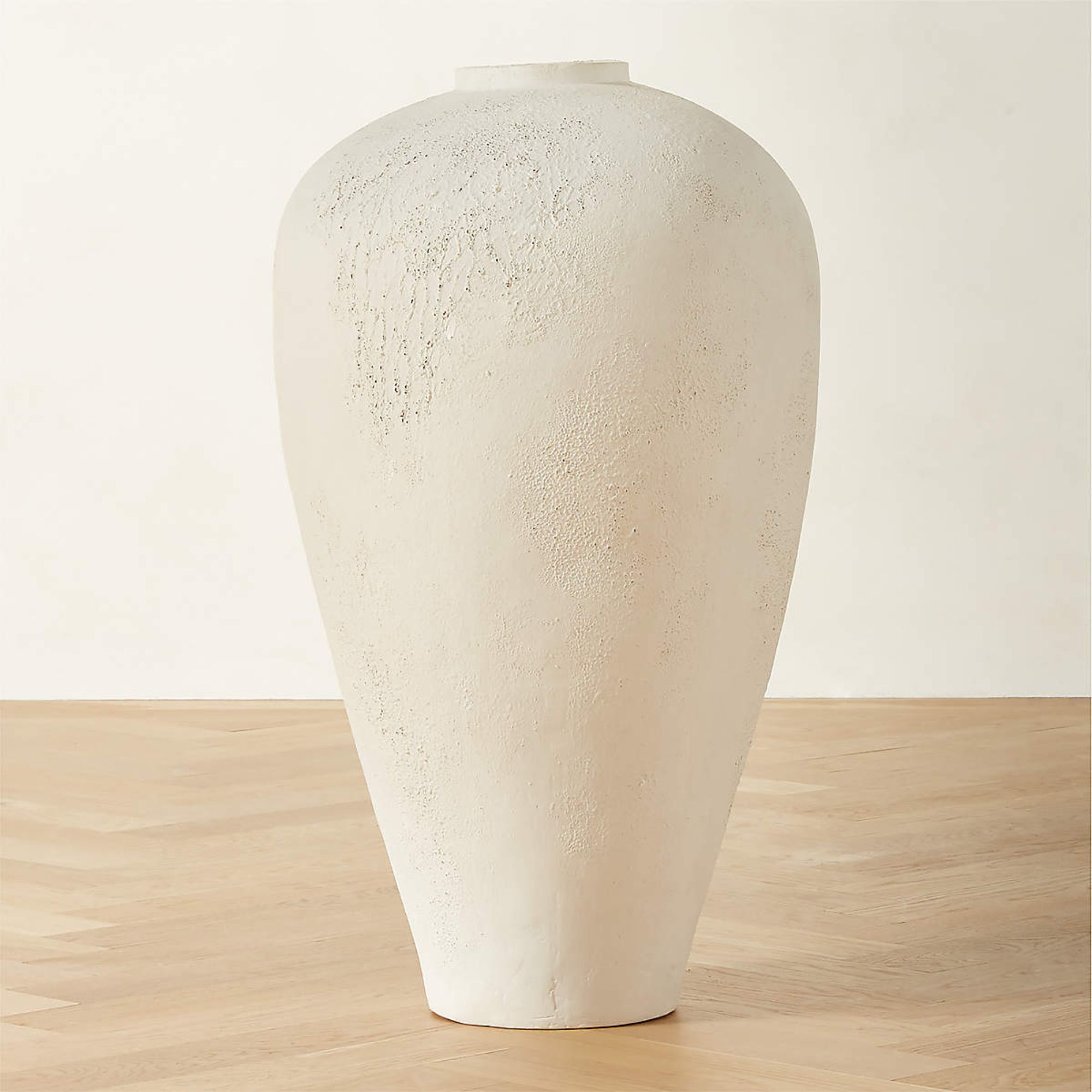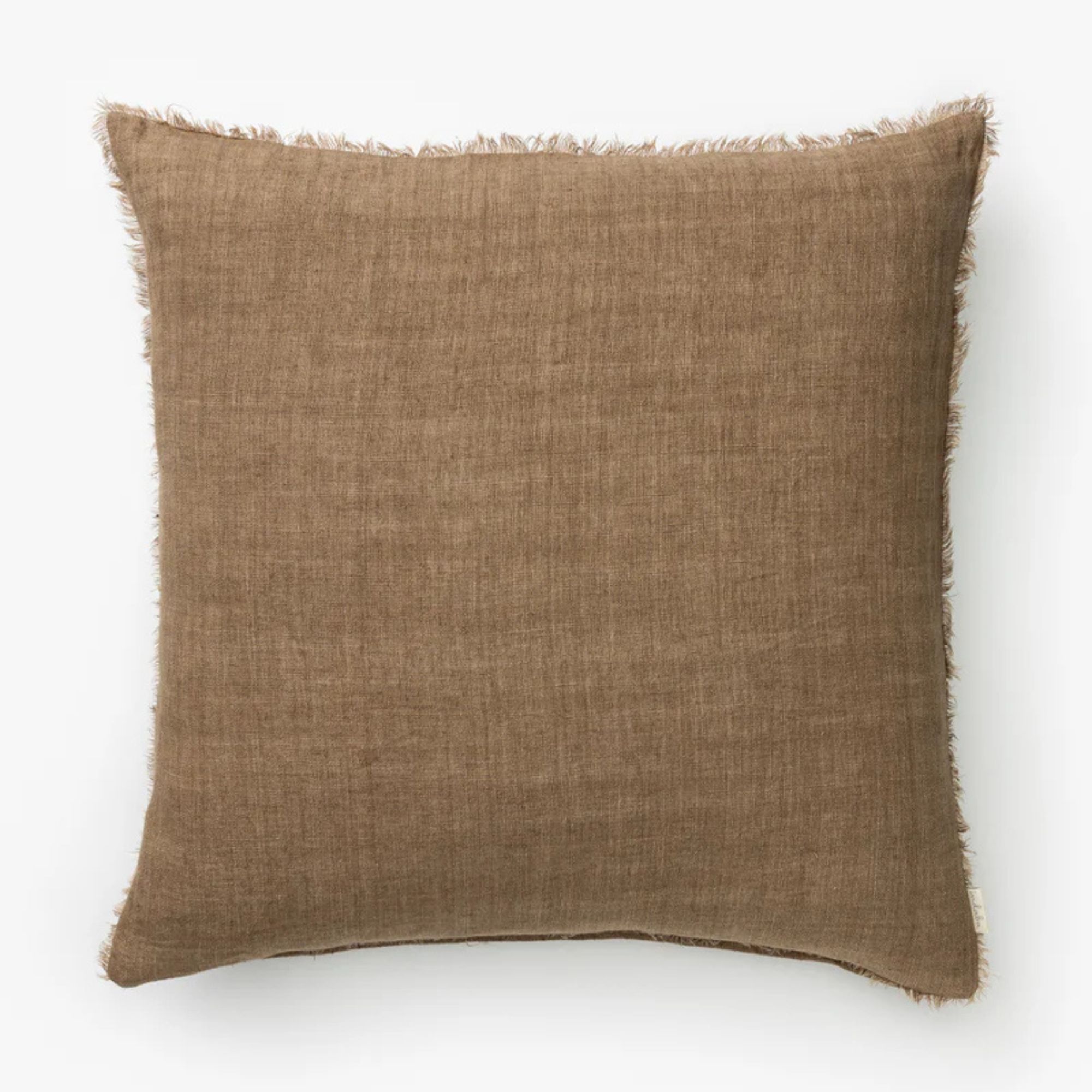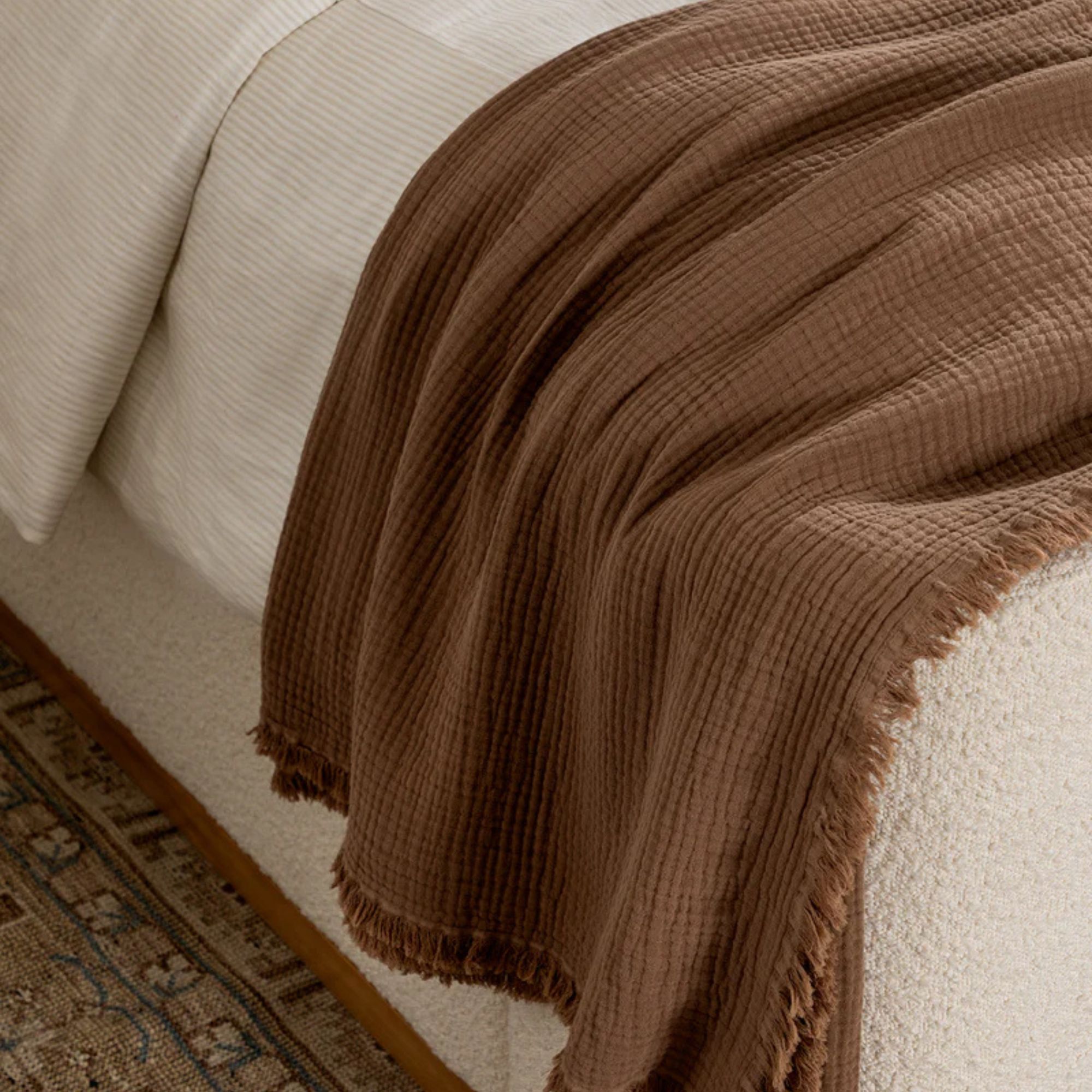What are Adobe-style homes? Here's everything you need to know about this organic, natural design style and how to get the look
Earth tones, organic forms, and beautifully textured design combine to nail this heritage style
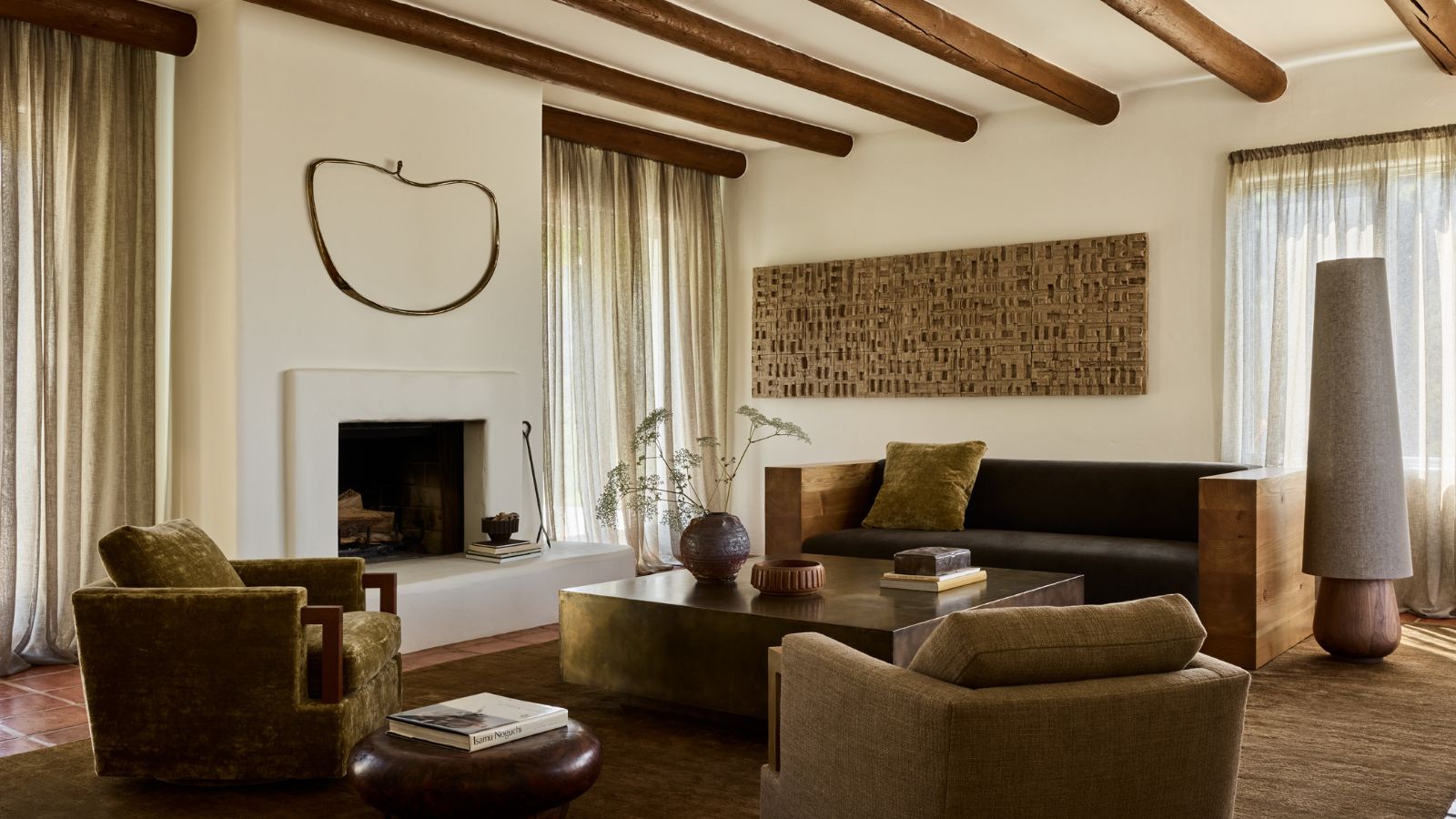

There are many house styles we are so used to seeing, from Victorian to new build designs. But Adobe homes are a historical yet lesser-seen architecture type that embodies some of this year's most coveted design features.
A house typically found in southern states, this interior design style is about more than aesthetics. It's a style that prioritizes the natural surroundings, neutral, earthy hues, and quality craftsmanship.
To find out everything there is to know about Adobe-style homes and interiors – plus the design elements you can bring into your own home – we've turned to interior designers who have worked on properties of the style.
What is an Adobe-style home?
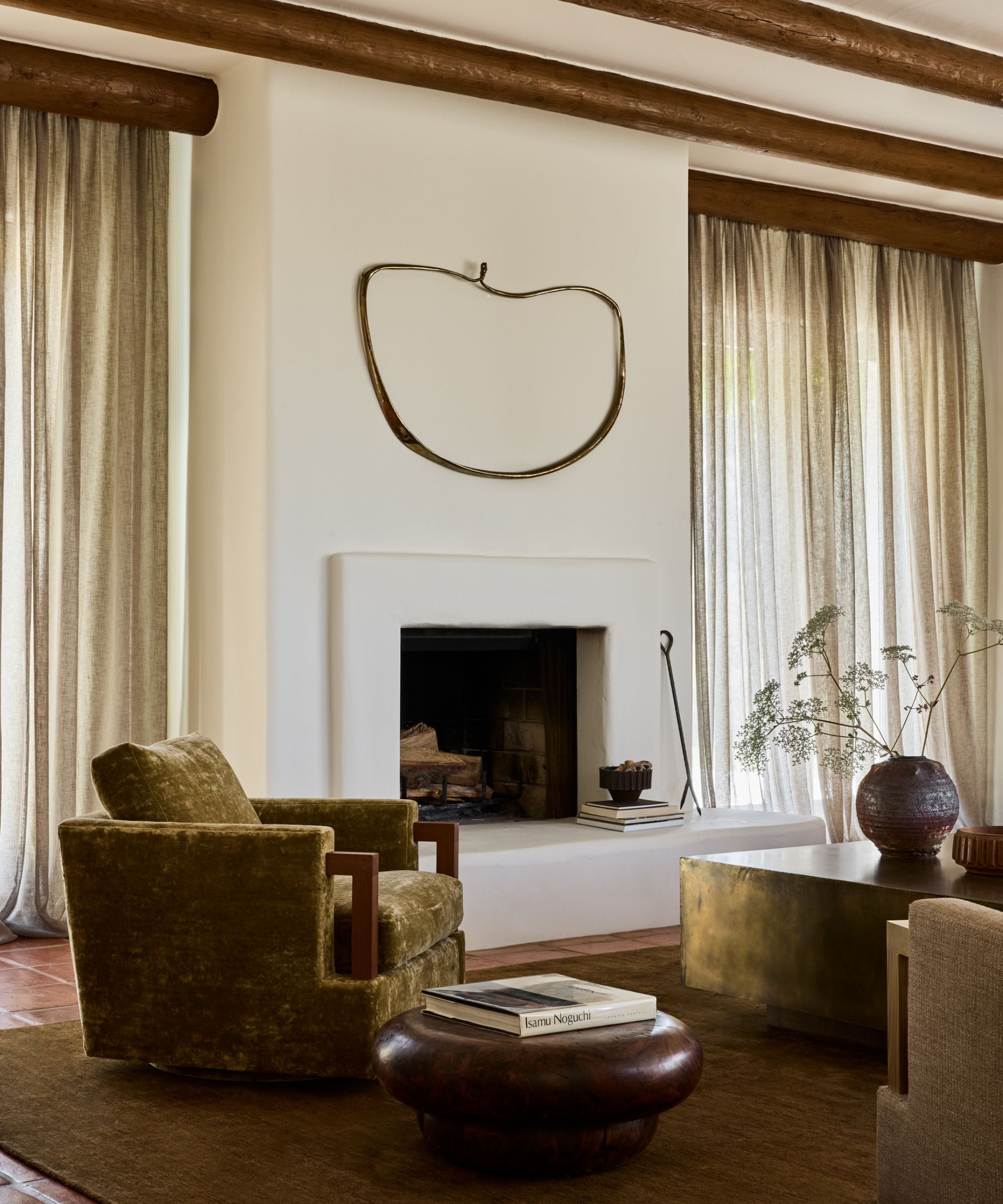
Adobe homes are an incredibly distinct style. Organic in design, sculptural in form, and created to feel at home in the natural landscape, they have a style and ethos that is not easy to replicate.
'At first look, the exterior architecture is earthy and sculptural, formed of sun-baked adobe bricks and finished with stucco, composed by craftspeople using techniques honed over time,' explains interior designer Sarah West.
The interiors have the same handcrafted, organic feel as the exteriors, and follow that more earthy theme for the colors and materials used. 'Adobe-style homes are rooted in the landscape – they feel like an extension of it,' says interior designer Corrine Mathern.
'Exteriors are soft and sculptural and absorb the light in a beautiful way. Inside, they carry that same grounded feel – thick walls, exposed beams, organic textures, and a quiet palette that evokes an honest portrayal of the surrounding environment.'
Design expertise in your inbox – from inspiring decorating ideas and beautiful celebrity homes to practical gardening advice and shopping round-ups.
What are the key design elements of Adobe-style homes?
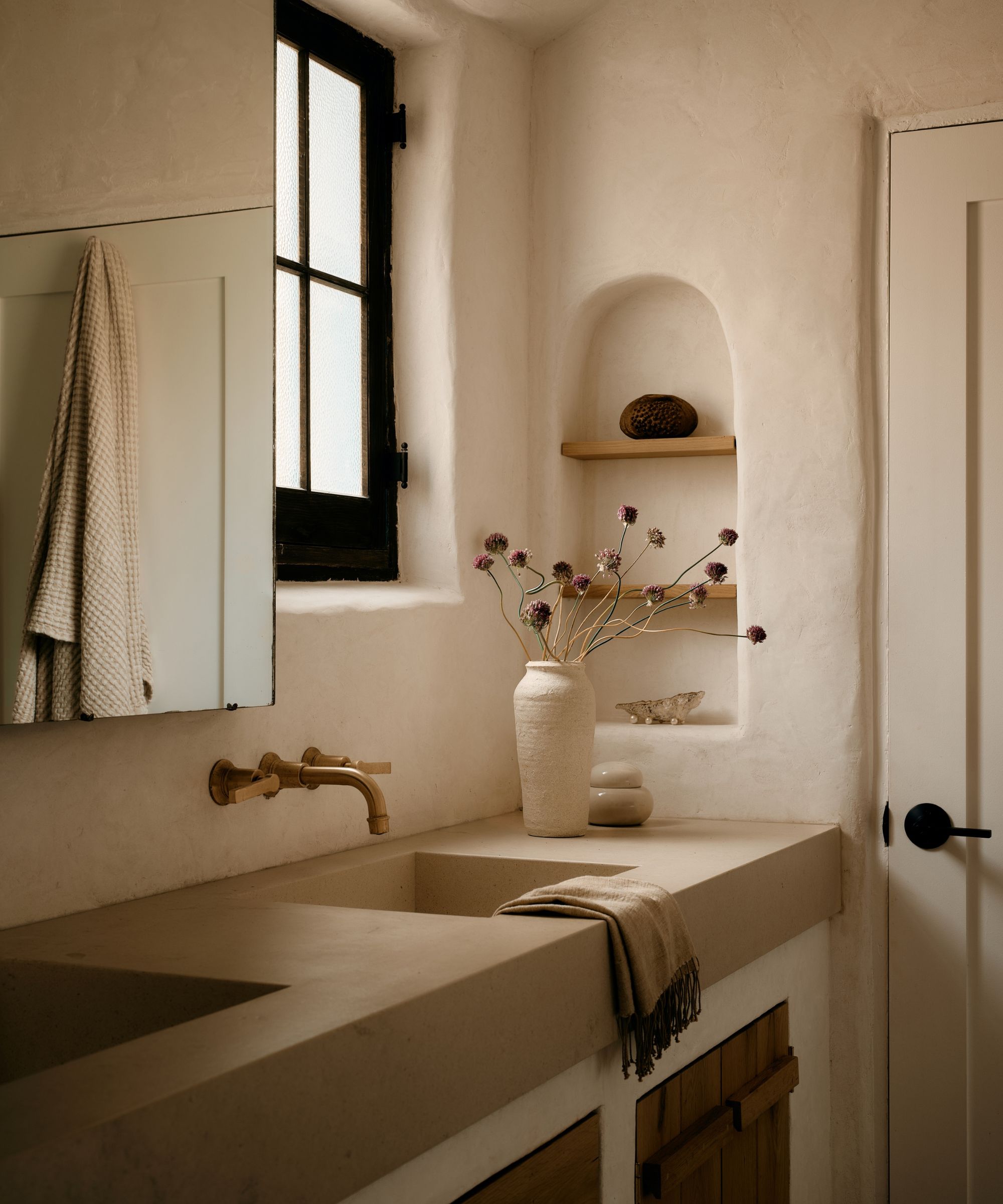
Aside from its distinct architecture, there are design elements that are key to Adobe home style, from the colors and materials to the furniture and decor that feel at home and in keeping the the style's characteristics.
'Adobe homes have a casual air about them. The main exterior colors are neutrals, allowing the natural materials, like terracotta tiles, raw wood, and textural stucco to shine. The exterior palette echoes the building materials, using hues of sand, terracotta, and brown,' explains Sarah.
This same look feels very present in the interiors of Adobe homes, too. That organic, natural, neutral style echoes the landscape and creates a sense of curation and quality to the schemes.
'The interior is muted, with a similar reverence to materiality, usually kept to shades of off white that highlight the beauty of the plaster work. Interior wall colors are usually carried throughout the house, keeping a cohesive look. If color is incorporated in an Adobe home, it remains true to the home’s heritage, incorporating colors reminiscent of a desert sunset or authentic to the Southwest,' adds Sarah.
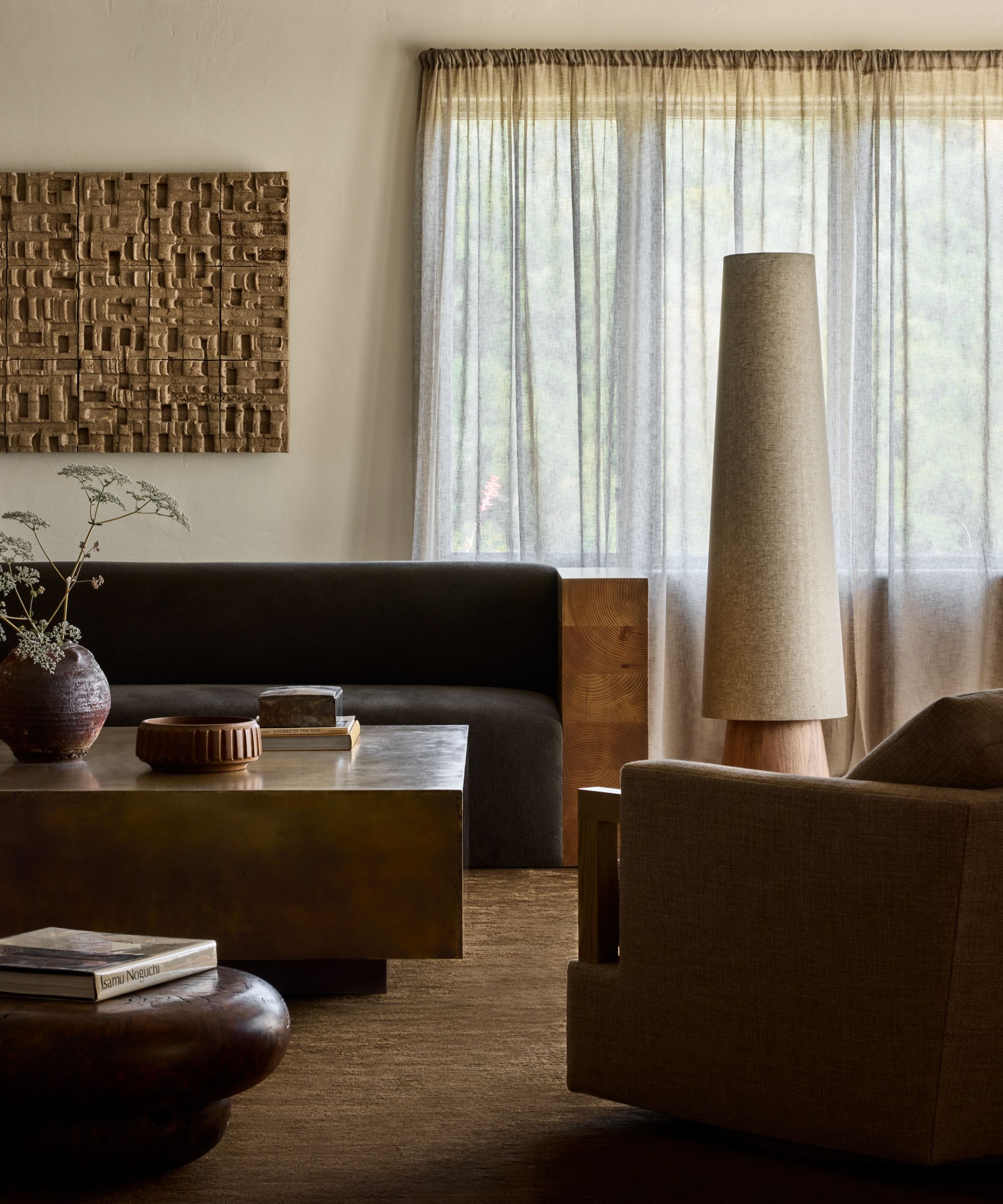
The furniture pieces you introduce are also key to creating an authentic space. There's a real focus on quality, handmade craftsmanship, which is really reflected through the style of furniture chosen.
'When designing for Adobe-style interiors, I gravitate toward pieces that feel natural and unfussy. Handcrafted furniture with a strong silhouette – vintage wood with patina, linen upholstery, iron accents,' says Corrine.
'I love ceramics with a primitive edge, woven textiles, and lighting that casts a gentle glow. It’s important that the pieces have a sense of patina or story. Adobe's aren’t fit for overly polished design – it should feel layered, lived-in, and connected to the surroundings.'
Shop Adobe-style home furniture and decor

Even if you don't live in an original Adobe home, you can still bring the essence of the style into your home. Focus on quality-made pieces, decorating with vintage, and organic forms that you would typically find in an authentic scheme.
'Furniture and decor in an adobe-style home should feel like they’ve always been there, like they belong to the house as much as the walls do. Pieces should have a lived-in, aged aesthetic, relying on warm or dark wood tones and furniture that leans more rustic or Spanish in style,' explains Sarah.
'Plaster walls instantly bring that softness and depth. I also love using earth tones and juxtaposing them with organic wood and vintage pieces. It’s less about recreating the exact look and more about capturing the feeling: grounded, serene, and elemental,' Corrine adds.
Adobe homes are all about natural materials and textures, plaster finishes, and furniture and decor that showcase quality craftsmanship. Think organic forms and earthy hues that give a sense of the surrounding desert landscape.
'Adding Adobe style to your space shouldn’t feel literal or themed, but instead should focus on craft and authenticity, adding soul to the space,' says Sarah. Be thoughtful of your room color ideas and try to bring in modern organic elements without overwhelming you scheme for an authentic look.

I’ve worked in the interiors magazine industry for the past five years and joined Homes & Gardens at the beginning of 2024 as the Kitchens & Bathrooms editor. While I love every part of interior design, kitchens and bathrooms are some of the most exciting to design, conceptualize, and write about. There are so many trends, materials, colors, and playful decor elements to explore and experiment with.
You must confirm your public display name before commenting
Please logout and then login again, you will then be prompted to enter your display name.
